I’ve earned a rep at PRIMER as a beauty buzzkill (hey, if the tiara fits…), so let me get this out of the way: there is no magic fix for dark circles.
Sorry, but I think it’s best you know that before we move on to the good news (yes, there is good news, there is always good news in beauty). Before we get there, however, let’s drill down on exactly what dark circles are and why you might have them, and then we can discuss what you can do about them.
Why the panda eyes?
There are a couple of reasons you might experience dark circles. The most common is “a loss of volume and sagging skin,” explains Desiree Stordahl, director of applied research and education at Paula’s Choice Skincare. In other words, ageing. This can create a shadowy, sunken appearance under the eye area.”
Another common reason? Genetics. If dark circles are a family trait, it’s usually because the skin around your eyes is thinner and translucent, making dark blood vessels visible, or you have more pigment in the skin.
Allergies are another culprit. But, it turns out, lack of sleep is not. “Contrary to popular belief, lack of sleep is not a primary cause of dark circles,” says Stordahl, although inadequate sleep can accentuate existing dark circles and make them more noticeable.
Fragranced skincare can also worsen the appearance of dark circles by irritating sensitive skin, while a build-up of dry and dehydrated skin can lead to a generally duller eye area.
Whatever’s causing your dark circles, it’s important that – before you tackle them – you keep your expectations realistic. It’s almost impossible to completely eradicate dark circles — but it is very possible to minimise their appearance.
At home: skincare
Buzzkill alert: Stordahl cautions that “no single skincare product can entirely reverse” dark circles once they occur, but “you can take proactive steps to preserve your skin’s health and enhance its strength [with] powerful ingredients like peptides, that work in the dermal-epidermal junction to support and visibly improve facial architecture.”
Look for hydrating eye creams if you’re lacking sleep, formulas that hep to retain water in both the upper and deeper skin layers if dullness is a concern (it’ll help plump and brighten the area), and fragrance-free options if your skin is sensitive (soothing ingredients like allantoin, adenosine, and oat kernel oil are a nice bonus).
And you knew this was coming: sunscreen is essential to “prevent excess pigmentation from showing through the delicate skin beneath the eyes,” advises Stordahl. Most sunscreens are generally safe to take all the way under and around the eye, and over the eyelid, but always do a patch test first. And don’t forget your sunnies!
In clinic
If your dark circles are down to volume loss and sagging skin, Stordahl suggests speaking to your dermatologist about fillers. There are always risks with fillers (they can shift and move to other parts of the face, become hard and lumpy, bruising and swelling, the usual) and more so because the skin around the eyes is thin and delicate, and there are lots of blood vessels. And if you’ve been injected with hyaluronic acid filler and it’s placed too close to the skin’s surface, it can leave a bluish tint — exactly what you’re trying to reduce. I mean, how much do you want to scare people?
Other research-backed options to explore include IPL, radiofrequency, Q-switched ruby lasers (they’re ideal for treating pigmentation and brown spots), pulsed dye lasers, picosecond pigment lasers, and ablative lasers. These procedures tend to mean “higher risks and longer recovery times” warns Stordahl, but can have dramatic results.
At home: makeup
The instinct is to slather on concealer to try and cover the darkness entirely, but this usually only draws attention to the area and looks unnatural. Instead, go for a lightweight concealer, cream or liquid, with a hydrating and buildable formula, for the most natural effect.
When it comes to shade selection, Nica Marcello, Revlon’s national education manager, explains that it’s all about ascertaining the underlying colour of your dark circles; once you’ve worked that out, you can choose a concealer with undertones that sit on the opposite end of the colour wheel.
So, if you have purple-hued circles, look for a yellow-based concealer; blue circles can be cancelled out with peachy concealers; while brown circles can be corrected with orange. In general, she says, try to stick close to your base colour, maybe “one to two shades lighter than your foundation.”
Before going in with your concealer, prep the area with eye cream and allow it to fully absorb, otherwise you run the risk of your concealer pilling (never a good look).
When it comes to application, “doe-foot applicators can help apply concealer to targeted areas, but when it comes to blending, fingers are best as the warmth helps to melt the concealer into the skin, giving a flawless appearance,” explains Marcello. After minimal coverage? Use a small eye-blending brush for an airbrushed effect.
And remember, it’s easier to add than subtract, “so always start with a little product and build coverage as you go.”




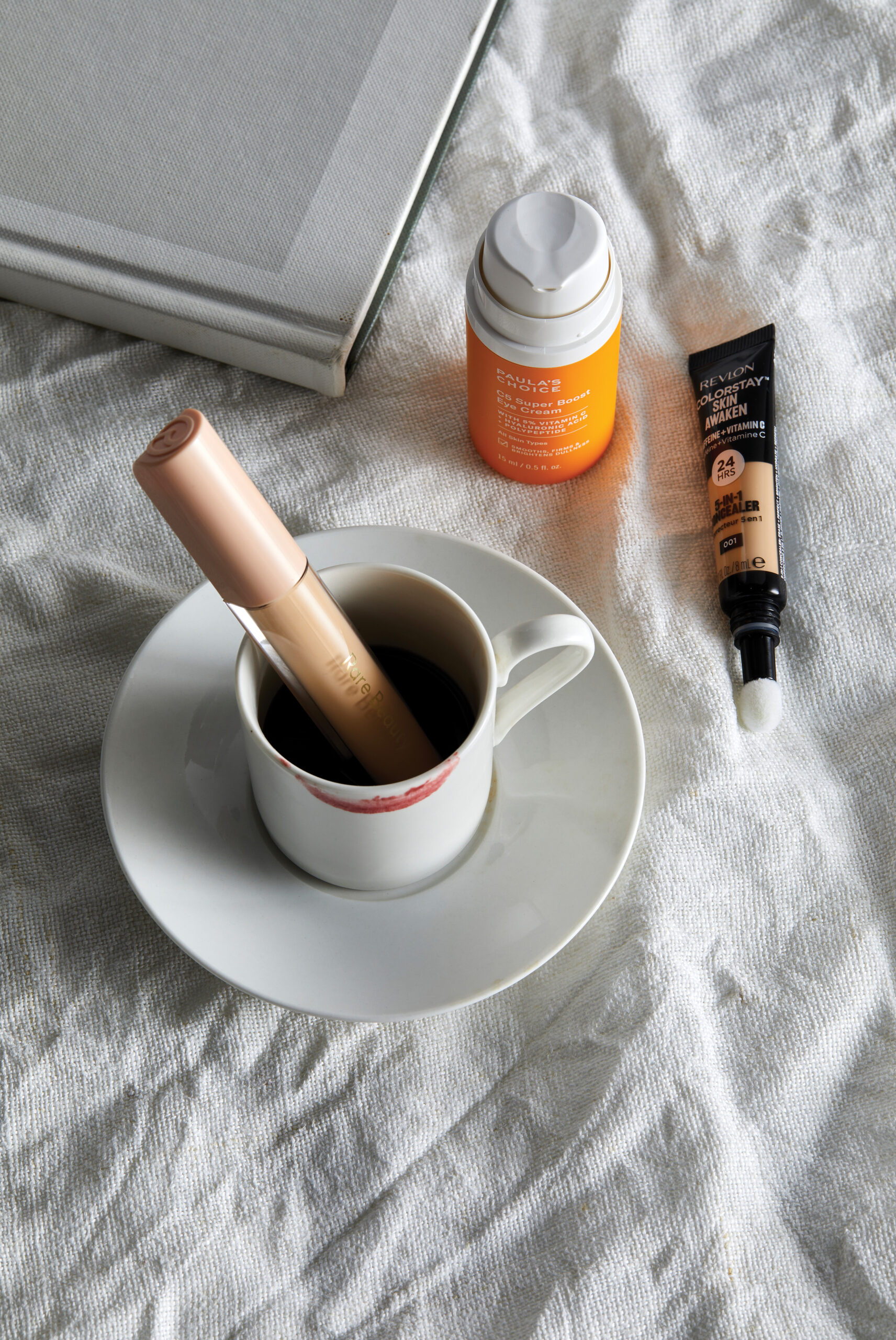
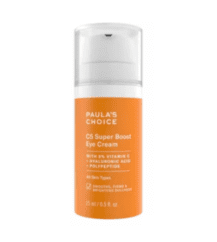
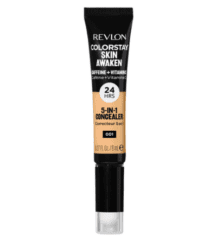
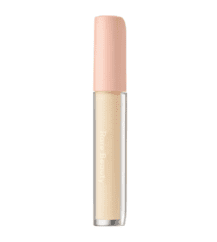
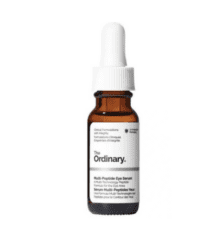
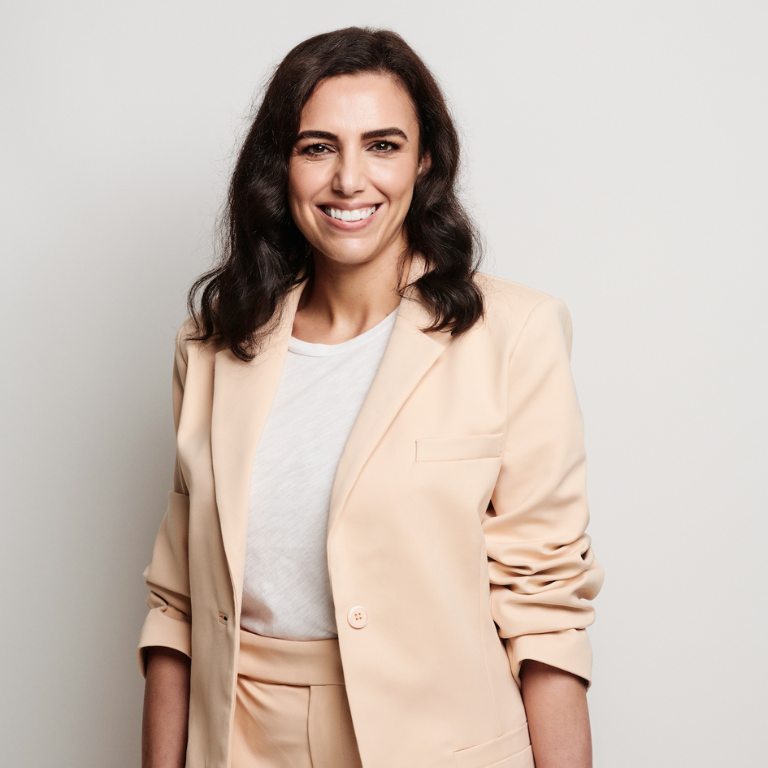


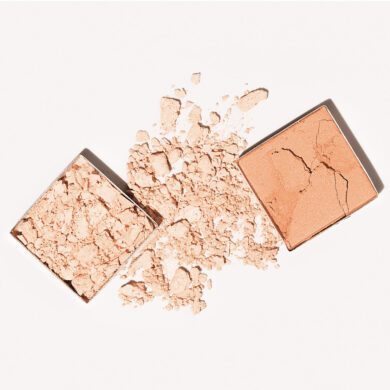


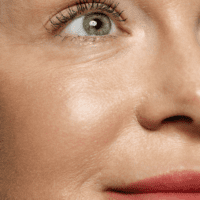

1 Comment